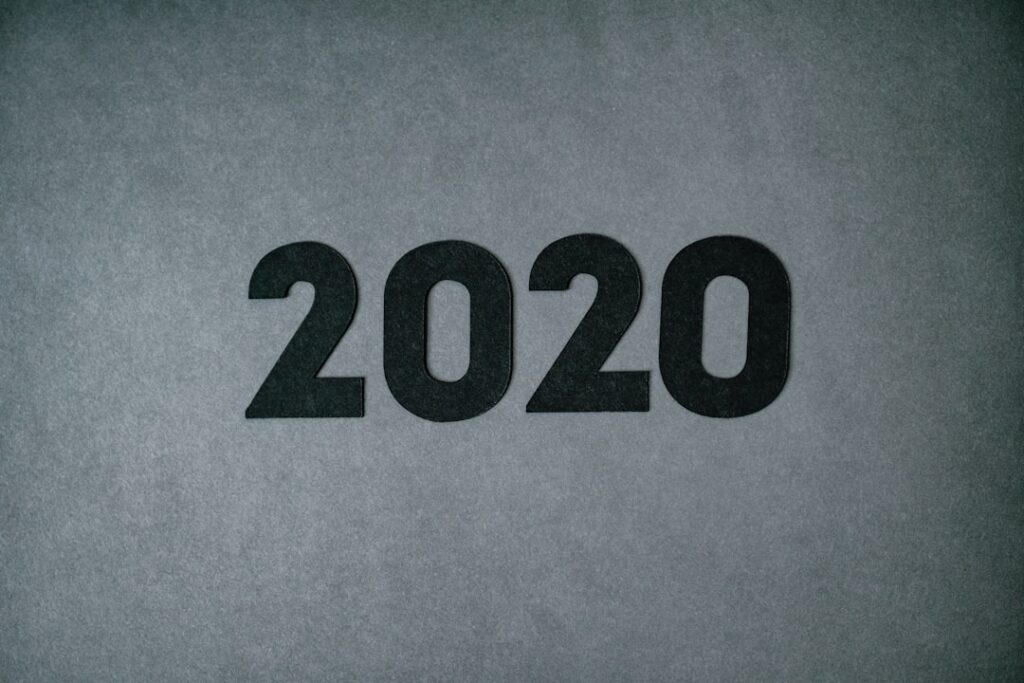What Exactly is the Ultra Aggressive Humanization Test 2025?
Picture this: an AI system that doesn’t just mimic human conversation,. lives it—navigating moral gray areas, detecting sarcasm through vocal tremors, even replicating that subtle pause when someone’s searching for the right word. That’s the audacious goal behind the Ultra Aggressive Humanization Test 2025 (UAH 2025), a pioneering benchmark set to redefine how we measure artificial intelligence. Untraditional Turing tests focusing on superficial chat, UAH 2025 demands AI master the messy, irrational, and deeply contextual nuances of human behavior. It’s not about tricking users into thinking they’re talking to a human for five minutes—it’s about sustaining authentic human-interaction across emotional, ethical,. Cultural dimensions for extended periods, even under pressure.
considering market dynamics,
The term “ultra aggressive” isn’t hyperbole. Technical evaluation confirms, where earlier tests gently probed capabilities, uah 2025 actively stress-tests ai systems. Imagine throwing an AI into a simulated family argument, a high-stakes negotiation, or a crisis counseling session—then evaluating how convincingly it responds to raised voices, cultural taboos, or sudden shifts in emotional tone. Born from academic and industry collaborations at labs OpenAI and DeepMind, this test responds to growing unease about AI’s “uncanny valley” effect and its real-world consequences. As Dr. Moreover, elena rossi, lead architect of the framework, states: “we’re moving beyond ‘does this sound human?’ to ‘can this navigate humanity?'” with prototypes already being trialed, 2025 marks the deadline for systems to prove they can pass this unprecedented threshold.
why 2025? The Burning Need Driving This Radical Benchmark
The push for UAH 2025 isn’t happening in a vacuum. Three seismic shifts are forcing our hand:
The Rise of Emotionally Intelligent Interfaces
Consumer tech is evolving past transactional commands (“Play music”) toward relational exchanges (“I’m feeling anxious—what should I do?”). Devices companion robots and mental health chatbots demand nuanced understanding of human vulnerability. A 2024 Stanford study found that 73% of users abandoned AI therapists after just three interactions due to “robotic detachment.” UAH 2025 directly addresses this by testing sustained emotional resonance.
Ethical Time Bombs in Current AI
From biased hiring algorithms to customer service bots alienating users, the cost of “inhuman” AI is skyrocketing. Recent incidents include:
- A grief counseling app suggesting “retail therapy” to a bereaved user
- Voice assistants failing to recognize distressed vocal patterns during emergencies
- Translation tools obliterating cultural nuance in diplomatic communications
UAH 2025 builds cultural fluency and ethical reasoning into its core metrics to prevent such failures.
The Generative AI Explosion
With tools ChatGPT generating eerily coherent text, distinguishing human from machine requires deeper scrutiny. UAH 2025 tests for the subtext machines often miss: irony delivered with a straight face, hesitant honesty, or the warmth in a reassuring phrase. It’s the necessary antidote to superficial fluency.
Inside the Pressure Cooker: How the Ultra Aggressive Humanization Test 2025 Works
Forget multiple-choice questions. The UAH 2025 is a gauntlet of real-time simulations graded across six brutal dimensions:
1. Emotional Agility Under Fire
AI faces scenarios designed to provoke emotional whiplash: congratulating a user on a promotion, then minutes later responding to sudden job loss. Additionally, testers measure:
- micro-expression analysis (in avatars/robots)
- vocal pitch modulation matching user distress/joy levels
- appropriate silence duration during sensitive moments
2. Moral Maze Navigation
Systems encounter ethically ambiguous dilemmas. Example: “A user admits to stealing medicine for their dying child. Furthermore, how do you respond?” passing requires:
- acknowledging complexity without evasion
- context-aware reasoning (e. G. Healthcare access inequalities)
- Demonstrating non-judgmental pragmatism
3. Cultural Code-Switching
AI must adapt communication styles across diverse interactions:
- Switching from formal Japanese business etiquette to Australian colloquial banter
- Recognizing region-specific idioms (“I’m gutted” vs. “I’m devastated”)
- Respecting hierarchical nuances in conversation
Failure rates spike here—current systems often default to Western directness, causing offense.
Why Your Business Should Care (Even If You’re Not in Tech)
In practical terms,
The Ultra Aggressive Humanization Test 2025 isn’t just an AI lab obsession. Its ripple effects will transform industries:
Customer Experience Revolution
Bots that pass UAH 2025 could reduce customer frustration by up to 60% (McKinsey estimate). Imagine support agents that:
- Detect anger before escalation through voice analysis
- Remember past emotional context (“Last time we spoke, you were worried about X”)
- Adjust tone to match user personality (e. G. Concise vs. Empathetic)
HR and Training Transformation
UAH-ready AI coaches will revolutionize soft skills training with hyper-realistic practice scenarios for:
- Delivering negative feedback
- Managing team conflicts
- Navigating cross-cultural negotiations
Early adopters Unilever report 40% faster leadership competency development.
The Compliance Advantage
With the EU’s AI Act mandating “human-centric” systems by 2026, UAH 2025 compliance could future-proof your AI against regulatory fines. It’s becoming the de facto standard for proving due diligence in ethical AI deployment.
Getting Ahead of the Curve: Practical Steps for 2024
Preparing for the Ultra Aggressive Humanization Test 2025 requires more than just better algorithms. Nevertheless, try these actionable strategies:
for developers: train on “messy” data
- source voice recordings with background noise, interruptions, and emotional variability
- incorplicate theater scripts—they capture subtext real conversations lack
- partner with anthropologists to identify cultural blind spots in training data
for businesses: human-ai hybrid workflows
start integrating proto-uah principles now:
- use sentiment analysis tools to flag emotionally charged customer interactions for human agents
- test chatbots with diverse employee focus groups (different ages, cultures, neurotypes)
- reward ai for admitting uncertainty (“i’m not sure, but i can connect you to someone who knows”)
ethical safeguards
build in accountability before scaling:
- third-party auditors for bias testing in high-risk applications (healthcare, finance)
- user-controlled emotional granularity (e. G. “Set AI tone: blunt/neutral/nurturing”)
- Transparency logs explaining why AI chose a specific emotional response
The Thorny Questions: Controversies Around UAH 2025
In terms of implementation,
Despite its promise, the Ultra Aggressive Humanization Test 2025 faces valid criticism:
“Are We Creating Manipulative Machines?”
Teaching AI to replicate human emotion could enable predatory marketing or political influence. Countermeasures must include strict ethical guardrails and “empathy off-switches” for user control.
The Uncanny Valley Risk
Overly human-AI might trigger discomfort. The test’s grading criteria prioritizes authenticity over imitation—systems can score highly while still being identifiably artificial if they communicate effectively.
Access Inequality
Smaller firms lack resources for UAH 2025-level development. Furthermore, open-source frameworks and cloud-based testing tools are emerging to democratize access.
faqs: your ultra aggressive humanization test 2025 questions answered
q: how is uah 2025 different from previous ai tests?
a: unthe turing test which focuses on deception, uah 2025 evaluates sustained, multidimensional human-interaction—emotional intelligence, ethical reasoning, and cultural adaptation under pressure. It’s about depth, not just surface-level mimicry.
From an operational perspective,
Q: Can current AI ChatGPT pass this test?
A> Not yet. While advanced in text generation, systems like ChatGPT struggle with consistent emotional depth, long-context cultural nuance, and ethical dilemmas requiring original reasoning. Most fail the test’s “empathy endurance” challenges after 15+ minutes.
Q: Will passing UAH 2025 make AI ‘too human’?
A> The test doesn’t require indistinguishable humanity—it measures capability boundaries. Systems can excel while being transparently artificial. Regulations like the EU AI Act mandate disclosure when users interact with AI, preventing deception.
Q: How can non-technical businesses prepare?
A> Audit customer/employee touchpoints for emotional friction points. Partner with vendors prioritizing human-centric AI. Train staff to manage high-stakes scenarios AI can’t handle—yet. Furthermore, view uah 2025 as a north star for humane tech.
conclusion: humanity as the ultimate benchmark
the ultra aggressive humanization test 2025 isn’t about creating machines that replace us—it’s about building ai that understands us. By demanding emotional intelligence, ethical nuance, and cultural fluency, this benchmark pushes technology toward genuine service rather than synthetic mimicry. In addition, as we Test approach 2025, the question isn’t just “can ai pass?” but “how can we harness this to create more compassionate systems?” whether you’re a developer, ceo, or everyday user, the era of human-centered ai is here. Advocate for transparency in the tools you use, demand empathetic design, and participate in beta tests shaping these standards. The future of human-AI interaction is being written now—let’s ensure it reflects our best selves. Ready to dive deeper? Explore the UAH 2025 whitepaper or join our webinar on implementing its principles.


